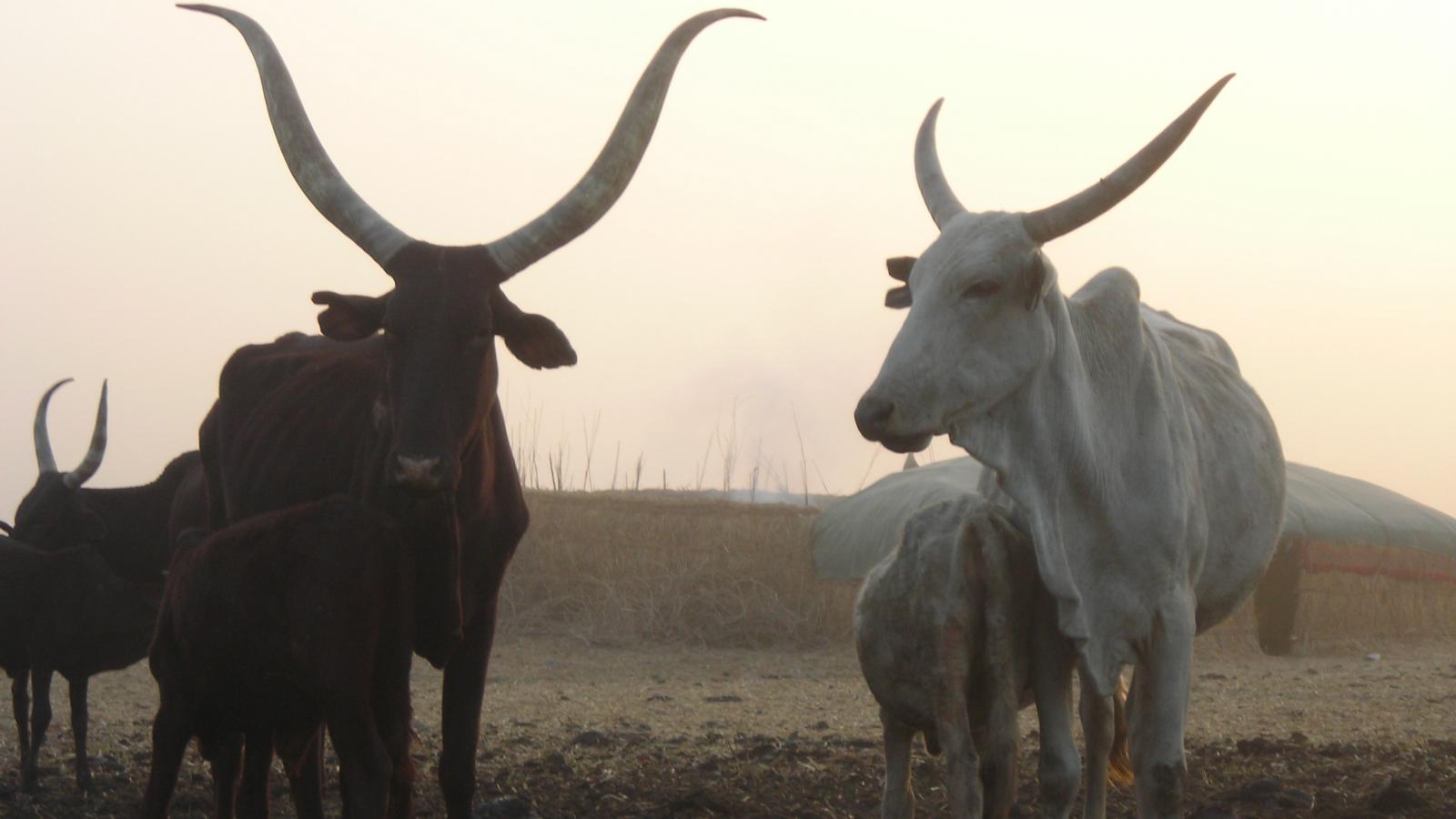Population models show that livestock populations have the potential to grow exponentially in pastoral societies, but the empirical evidence shows that population sizes are relatively stable. Until now the explanation has been that droughts, diseases and other disasters keep livestock populations in check. This project proposes an alternative explanation. We are examining whether and how demographic dynamics at the herd and household level constrain the growth of livestock populations in pastoral societies. Our team is using agent-based models to examine the impact of the domestic cycle of households on the demography of family herds and ultimately on regional livestock populations.
Publications
Moritz, Mark, Chelsea E. Hunter, Daniel C. Peart, Abigail Buffington, Andrew J. Yoak, Jason R. Thomas, Rebecca Garabed, and Ian M. Hamilton. 2023. Coupled demographic dynamics of herds and households constrain livestock population growth in pastoral systems. Human Ecology: 51(4): xx-xxx. https://doi.org/10.1007/s10745-023-00431-y.
Moritz, Mark, Abigail Buffington, Andrew Yoak, Ian M. Hamilton, Rebecca Garabed. 2017. No magic number: An examination of the herd-size threshold in pastoral systems using agent-based modeling, Human Ecology, 45(4): 525-532. https://doi.org/10.1007/s10745-017-9927-0
Agent-Based Models
Hunter, Chelsea E, Daniel C Peart, Abigail Buffington, Andrew J. Yoak, Ian M Hamilton, and Mark Moritz. 2023. Coupled demographic dynamics of herd and household in pastoral systems (version 1.0.0). CoMSES Computational Model Library https://doi.org/10.25937/r3hr-k535.
Abigail Buffington, Andrew J. Yoak, Ian M. Hamilton, Rebecca Garabed, Mark Moritz. 2016. Family Herd Demography Model (version 1) CoMSES Computational Model Library. Retrieved from: https://www.openabm.org/model/5162. DOI: 10.13140/RG.2.2.21165.79843

